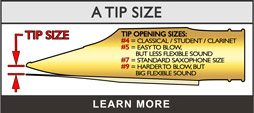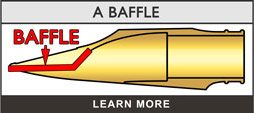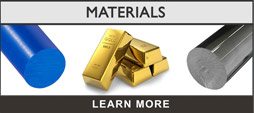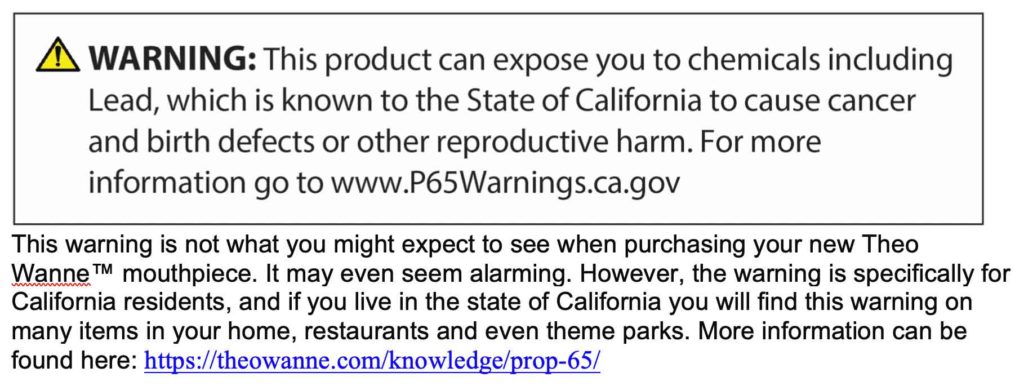What is your Trial Policy?
We have a one week trial. Click here for full details.
When will my product ship?
We normally take less than 3 business days before shipping. However, product sent to forwarding companies will be shipped after payment has cleared. Please view our complete Shipping Policies here: https://theowanne.com/shipping-and-returns/
Custom Order Mouthpieces?
Custom (non-inventory) mouthpieces are an extra $400 and non-returnable.
What information should I give when asking for a new mouthpiece recommendation?
To ask for a recommendation we need to know what mouthpiece you are playing on now, and how you want your sound to be different?
What reed do you recommend for your mouthpieces?
We work with so many people, and see amazing results with so many unique set-ups, that we don’t feel there is a ‘right’ answer. Don’t be afraid to try soft or hard reeds; cane or synthetic.
How should I clean my mouthpiece?
Use our cleaning kit or cold water, soap, and a bristle brush to clean hard rubber. Do not use hot water for hard rubber as it will turn your mouthpiece brown. Also remember to keep hard rubber out of the sun as that will also turn it brown. For metal mouthpieces warm water is fine. If you have white growths on your mouthpiece dip it in Lime & Scale remover for one minute. You can get Lime & Scale remover at big hardware stores in the plumbing department. Be sure and use rubber gloves for this process.
What is your Privacy Policy?
We take your privacy seriously. We do not share your data with third parties or saves payment information. Our full Privacy Policy may be viewed here.
What is your Pricing Policy?
We do our best to keep pricing accurate on our website. However, pricing is subject to change and we reserve the right to change or cancel orders due to errors or omissions.
What is the ‘Prop 65’ sticker on my mouthpiece?
This sticker is intended just for residents of California. If you are a resident of California, you can find more information here.
I get chirping and squeaks in my sound, what should I do?
Squeaking is usually caused by the reed not being flat. It may not be flat in the first place, may have deformed after absorbing moisture, or formed to the shape of the window. Switching between mouthpieces, or moving the reed, makes this issue even worse. The solution is to flatten the bottom of the reed with a reed knife or with sandpaper on a flat surface.
Does material affect the sound?
Yes! We machined multiples of the same mouthpiece in every material, vintage and new, we could get. The result was unanimous. Metal adds zing to the sound, rubber is resonant and warm. Rubber mouthpieces are wider so there is more material in your mouth too. Here are detailed descriptions:
• BRASS – Brass is the most colorful and ringing of mouthpiece materials.
• BRONZE – A bit denser, harder sound than brass, with a nice color to the sound.
• STAINLESS STEEL – A clean focused loud sound, but not much color or richness to the sound.
• SOLID SILVER – A warm rich sound, but lacking in color.
• HARD RUBBER – The most resonant material available. It has a nice dark sound.
• WOOD – Wood is the darkest and warmest material available. It gives a very ‘personal’ sound. It has less volume and is less resonant than hard rubber, but that is part of what gives the ‘personal’ feel.
What do different plating types sound like?
• GOLD – Gold has the most color in the sound of any type of plating. It sounds ‘beautiful.’
• SILVER – Silver has a semi-clean and bright tone, but not much color to the tone.
• RHODIUM – Very clean and pure sounding, but not much color to the tone.
• VINTIFIED – It is very resonant and yet dark sounding at the same time; the closest a metal mouthpiece can sound to hard rubber.
What in the world do terms like: dark, bright, projection, core, spread, etc. mean when describing sound?
• DARK: A warm, less projecting tone. It has a more personal feel. A dark sound is usually created by a low baffle and floor.
• BRIGHT: Loud and penetrating sound. A bright sound is usually created by a high baffle and floor.
• PROJECTION: A sound that can be heard from far away has good projection. Good projection allows a musician to be heard over other instruments in a group.
• CORE: A very centered sound, that has good direction. Like water coming from a hose in a solid focused stream. Also similar to a spot light. The opposite of a spread sound.
• SPREAD: Sound that spreads out for a very wide soundstage. Like water coming from a hose that spreads out over a very wide area. in a solid focused stream. This sound envelopes a listener instead of penetrating them. Like a flood light. The opposite of a core sound.
• FAT: A full bodied sound that has a sense of width to it. It is the opposite of a thin, nasal like or whiney sound.
• ROUND: More the Otto Link school of sound. As opposed to the modern high baffle ‘smooth’ Jazz sound.
• COLORFUL: One gets an inner sense of color, usually produced by gold plated mouthpieces. A very interesting sound.
• CLEAN: A very pure sound without edge, colorfulness, spread tones, etc.
• EDGY: An almost raspy sound, with high partial overtones. It is usually created by a high roll over baffle, and can be an aspect of both dark or bright mouthpieces.
What size Enlightened Ligature should I purchase?
See our sizing chart on the Enlightened Ligature description page to see what size enlightened ligature fits your mouthpiece.
I play on a vintage Otto Link on Tenor which of your products would you recommend?
The Slant Sig tenor mouthpiece is the ultimate Otto Link for tenor, because it takes the best features of all vintage Otto Links rolled into one. The GAIA is also a great choice, as it’s Theo’s personal ‘upgrade’ to the Otto Link sound. For a slightly darker, and more vintage Otto Link sound, try the AMBIKA.
I play on a vintage Otto Link on Tenor, and Meyer on Alto, which of your products would you recommend?
The NYBROS is the the best features of all vintage Meyer alto mouthpieces rolled into one. The GAIA is also Theo’s personal ‘upgrade’ to the Meyer sound. The GAIA alto is the same type of sound, just bigger and fatter sounding.
Why do your products cost more in my country?
Occasionally, our products may have a higher selling price in countries outside the USA. There are a few reasons for this:
- Our prices do not include shipping charges or taxes. You will need to add your local tax, VAT etc.
- Our dealers and distributors must bear additional costs when importing our products for resale. Please note, you may be required to pay these additional costs, such as shipping, taxes and import duties if you purchase directly from our site as well. Each region is different, and as such, we are not able to estimate these costs.













